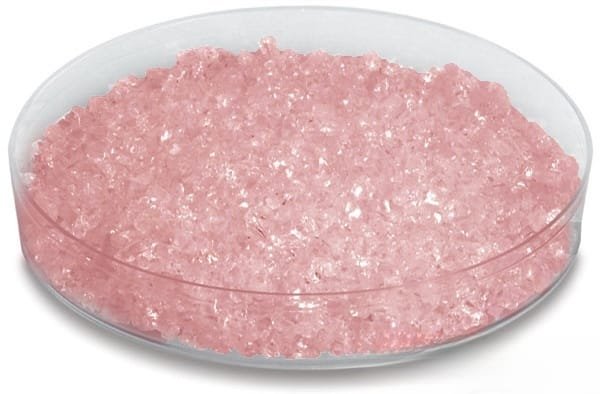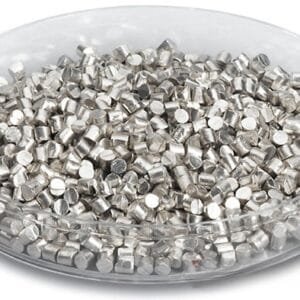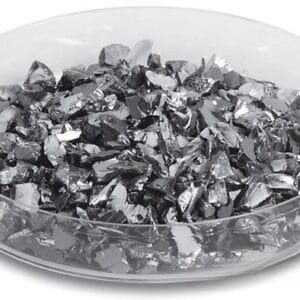Zinc Telluride Evaporation Materials Overview
Zinc telluride (ZnTe) is a critical component in high-precision deposition processes. As a telluride ceramic material, it plays a significant role in ensuring the quality of thin films applied during various deposition techniques. At TFM, we produce zinc telluride evaporation materials with exceptional purity, reaching up to 99.9995%, thanks to our rigorous quality assurance procedures.
Specifications of Zinc Telluride Evaporation Materials
| Material Type | Zinc Telluride |
| Symbol | ZnTe |
| Appearance/Color | Red crystals |
| Melting Point | 1,295 °C; 2,363 °F; 1,568 K |
| Density | 6.34 g/cm3 |
| Purity | 99.9% ~ 99.999% |
| Shape | Powder/ Granule/ Custom-made |
Applications
Our zinc telluride evaporation materials are widely utilized in:
- Semiconductor Deposition: Essential for fabricating high-quality semiconductors.
- Chemical Vapor Deposition (CVD): Used to deposit thin films for various industrial applications.
- Physical Vapor Deposition (PVD): Applied in the creation of thin coatings and films.
- Optics: Ideal for wear protection, decorative coatings, and display technologies.
Packaging Information
To ensure the integrity and quality of our zinc telluride materials, we carefully package them in plastic vacuum bags. This protects them during storage and transport. Additionally, each shipment includes a Certificate of Analysis (COA) for the raw material.
Contact Us
TFM is dedicated to delivering high-purity zinc telluride evaporation materials suited for diverse applications including semiconductors, CVD, PVD, and optics. Our commitment to quality is backed by our advanced engineering, manufacturing, and analytical capabilities. For inquiries or more information, reach out to us today.


 MSDS File
MSDS File



Reviews
There are no reviews yet.